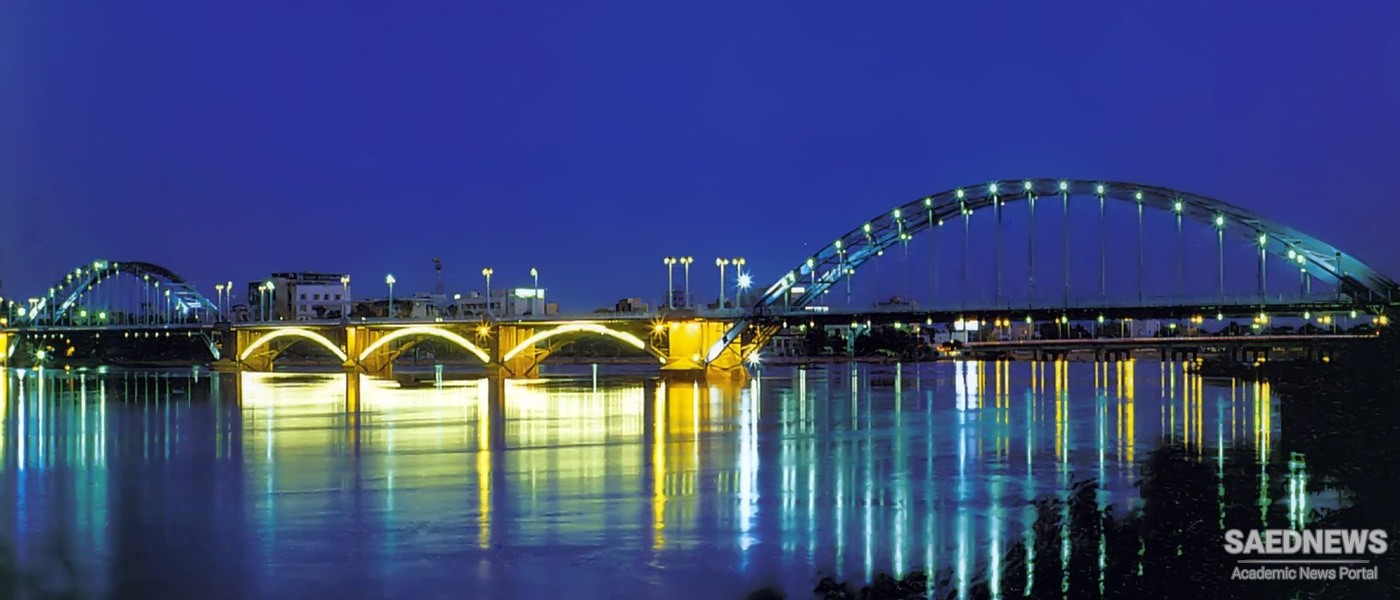Some parts of the province are suitable for farming due to favorable climate and fertile soil. In recent years, many agricultural complexes have been active in industrial farming, using state-of-the-art machinery and methods. Discovery of oil and gas reserves in this province has also led many oil companies to invest in the extraction of these natural resources.
The city of Susa (Shūsh) is a memorial of civilization in Iran with several thousand years of history. Many items related to Stone Age, Copper Age, Bronze Age and the beginning of urban life have been found in this city.
Karkheh Dam
This dam is the largest stone and soil dam in Iran, made on the Karkheh River. The wall of this dam is 192 meters long and 9 meters high. There is a beautiful lake with fascinating scenery behind this dam.
Hūr al-Azīm Gulf
This is the largest gulf originated by water from three rivers of Karkhe, Tigris and Doyrech. The area is covered entirely by cane plants. It is shallow on the edge but can reach a few meters of depth in the middle. Different tribes live around this place and their main job is breeding oxen.
Lions Stone
These statues are found mostly in Lorestān and Khūzestān. It is believed that they were memorials put as grave stones on the tombs of heroes and brave soldiers.
Tomb of Prophet Daniel
This tomb belongs to Prophet Daniel (Danīāl Nabī). It is located on the eastern bank of the Shāūr River facing the citadel of Susa. The most important part of the structure is its conical dome which is 25 meters in height.
Shūshtar Falls
These falls are located near Gargar River in a region called Sikā. Around these falls, there have been water mills dating back to the Sassanid dynasty 3-6 centuries CE.
Kūl Farah Stone Carvings
These carvings belong to Elamites )c. 3200-539 BC) and are located in the town of Īzeh in the north east of Khūzestān. The carvings show kings, worship ceremonies and gifts offering.


 Persian Ethnic Culture: Hasir Bafi of Khuzestan
Persian Ethnic Culture: Hasir Bafi of Khuzestan














































